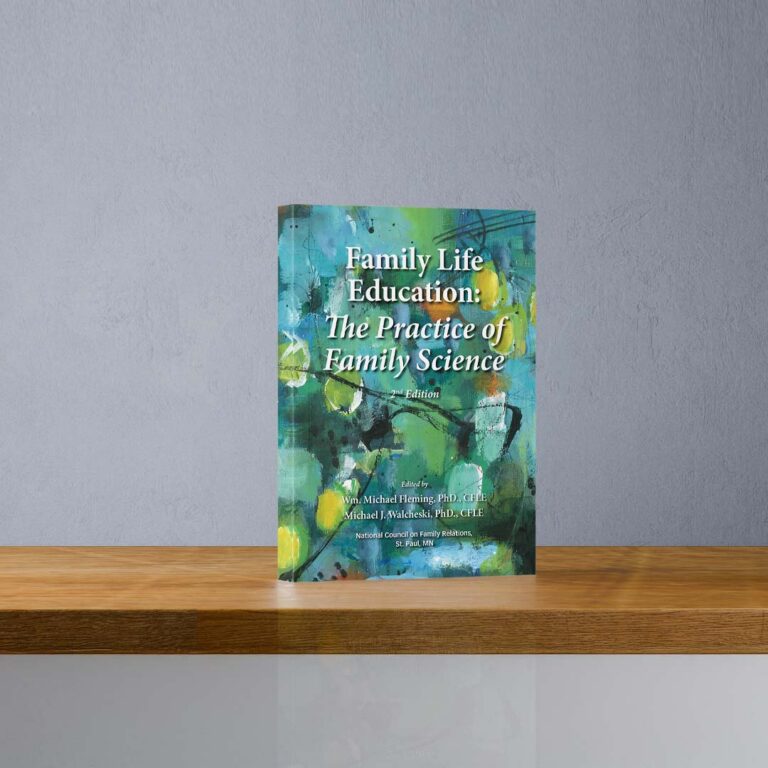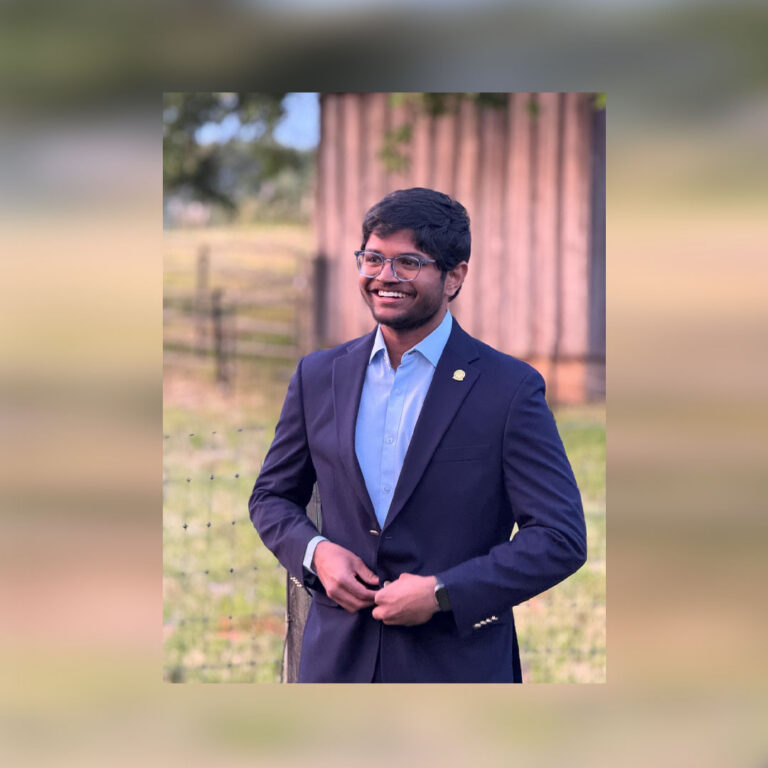Bringing New Faces and Diversity to Nurse Anesthesia
Wallena Gould found her calling in a class assignment. While studying toward a master’s degree in Nurse Anesthesia, she put together a poster presentation that demonstrated the lack of diversity in the field.

The findings were hardly surprising: she’d worked her way up from OR nurse to certified registered nurse anesthetist without meeting any other CRNAs of color. The fact that no one else was addressing the low rate of minority representation among nurses trained to administer anesthesia — her poster reported six percent nationwide — compelled her to take on the cause herself.
Her efforts to increase diversity in her chosen profession gained the attention of the American Association of Nurse Anesthetists last year. Its annual Agatha Hodgins Award for Outstanding Accomplishment recognizes “individuals whose dedication to excellence has furthered the art and science of nurse anesthesia.”
To Dr. Gould, a 2013 graduate of Wilmington University’s Ed.D. in Higher Education Leadership program, it honors even more. “We’re changing the face of anesthesia, and we’re changing the culture,” she says. “It’s a necessary change.”
Based in Mickleton, New Jersey, the Diversity in Nurse Anesthesia Mentorship Program that Dr. Gould founded in 2007 educates and empowers nursing students from underrepresented populations who have an interest in the clinical specialty.
Through college lectures, information sessions, hands-on practice workshops, and visits to high school career days, the program has mentored more than 400 minority nursing students and encouraged their entry into nurse anesthesia careers in healthcare and academia.
While the program originated in the Philadelphia area — to be specific, with word-of-mouth events held at Dr. Gould’s house — solid attendance led to the reservation of classrooms at local universities. “To my surprise, it was no longer just Delaware, Philadelphia and Jersey,” she recalls. “It was New York, Washington, D.C. and Maryland, too. Then I knew I was onto something.” She now schedules events nationwide.
“Before all of this, there was no network where minority students could get primary information,” says Dr. Gould. “When I say we’re changing the culture, I mean that there are people of color who came through our program, who are chief CRNAs and clinical coordinators, who can be role models to nursing students.”
That’s an important development for the students, as well as the patients they may one day treat.
A healthcare workforce should reflect the community it serves,” she notes. “I’m not just talking about the language that patients speak, but also the culture they’re coming from. There are many sensitivities surrounding healthcare treatment, and we should acknowledge that. A diverse workforce can bring that to the table.
Dr. Gould’s path to nurse anesthesia and mentorship is itself a case study in diversity. Thirty years ago, she earned a bachelor’s degree in accounting. As a single mother on welfare, it secured her a job as an auditor for Ernst & Young in New York City. But her goal was a nursing career.
Working as a surgical nurse introduced her to nurse-administered anesthesia, and she earned her master’s degree in that field in 2004. The former chief nurse anesthetist and clinical coordinator for Vineland, New Jersey-based Inspira Health Network and the Main Line Endoscopy Centers in the Philadelphia suburbs, Dr. Gould has also taught at the Rutgers University School of Nursing’s Camden campus. And the assignment that led her to reach out to future nurses directly influenced her doctoral dissertation on amending the lack of diversity among CRNAs.
“I’m blessed and I’m thrilled,” she says, “that I’ve been able to fulfill the recommendations that I made
in there.”



